- Have any questions?
- +86-189 8930 5995
- sales@mosinterchem.com.cn
Fipronil CAS 120068-37-3

Tebufenozide CAS 112410-23-8
11/12/2018
Imidacloprid CAS 138261-41-3
11/12/2018| Model: | MOS120068-37-3 |
| Molecular formula: | C12H4Cl2F6N4OS |
| Melting point: | 200-201°C |
| Density: | 1.477-1.626 |
| Molecular weight: | 437.15 |
| Storage conditon: | 0-6°C |
Fipronil (CAS: 120068-37-3)
| Item | Index |
| Appearance | White solid |
| Melting point | 200-201°C |
| Density | 1.477-1.626 |
Fipronil is a broad-use insecticide that belongs to the phenylpyrazole chemical family. Fipronil is a broad-spectruminsecticide that disrupts the insect central nervous system by blocking GABA-gated chloride channels and glutamate-gated chloride (GluCl) channels, resulting in central nervous system toxicity. This causes hyperexcitation of contaminated
insects’ nerves and muscles. Specificity of fipronil on insects may come from a better efficacy on GABA receptor, but also
because GluCl channels do not exist in mammals.
Effects
Fipronil is a slow acting poison. When used as bait, it allows the poisoned insect time to return to the colony or harborage.
In cockroaches, the feces and carcass can contain sufficient residual pesticide to kill others in the same nesting site. In ants,
the sharing of the bait among colony members assists in the spreading of the poison throughout the colony. With the cascading
effect, the projected kill rate is about 95% in three days for ants and cockroaches.Fipronil serves as a good bait toxin not only
because of its slow action, but also because most, if not all, of the target insects do not find it offensive or repulsive.
Toxic baiting with fipronil has also been shown to be extremely effective in locally eliminating German wasps (commonly
called yellow jackets in North America). All colonies within foraging range are completely eliminated within one week.
Wildlife impacts include the following:
Fipronil is highly toxic to fish and aquatic invertebrates. Its tendency to bind to sediments and its low water solubility
may reduce the potential hazard to aquatic wildlife.
Fipronil is toxic to bees and should not be applied to vegetation when bees are foraging.
Fipronil has been found to be highly toxic to upland game birds, but is practically nontoxic to waterfowl and other bird
species. One of the metabolites of fipronil has a higher toxicity to birds than the parent compound itself.
Fipronil is also used as the active ingredient in flea control products for pets, field pest control for corn, golf courses and
commercial turf, although flea populations appear to be developing a genetic resistance to its effects.
Pharmacodynamics
Fipronil acts by binding to allosteric sites of GABAA receptors and GluCl receptors (of insects) as an antagonist (a form
of noncompetitive inhibition). This prevents the opening of chloride ion channels normally encouraged by GABA, reducing
the chloride ions’ ability to lower a neuron’s membrane potential. This results in an overabundance of neurons reaching
action potential and likewise CNS toxicity via over-stimulation.
Acute oral LD50 (rat) 97 mg/kg
Acute dermal LD50 (rat) >2000 mg/kg
In animals and humans, fipronil poisoning is characterized by vomiting, agitation, and seizures, and can usually
be managed through supportive care and early treatment of seizures, generally with benzodiazepine use.
Discovery and use
Fipronil was discovered and developed by Rhône-Poulenc between 1985 and 1987, and placed on the market
in 1993 under the US Patent No. US 5,232,940 B2.
Between 1987 and 1996, fipronil was evaluated on more than 250 insect pests on 60 crops worldwide, and crop
protection accounted for about 39% of total fipronil production in 1997. Since 2003, BASF holds the patent
rights for producing and selling fipronil-based products in many countries.
Fipronil is or has been used in these manners:
Under the trade name Regent, it is used against major lepidopteran and orthopteran pests on a wide range
of field and horticultural crops and against coleopteran larvae in soils. In 1999, 400,000 hectares were treated
with Regent. It became the leading imported product in the area of rice insecticides, the second biggest crop
protection market after cotton in China.
Under the trade names Goliath and Nexa, it is employed for cockroach and ant control, including in the US.
It is also used against pests of field corn, golf courses in commercial lawn care under the trade name Chipco Choice.
It has been used under the trade name Adonis for locust control in Madagascar and in Kazakhstan.
Marketed under the names Termidor, Ultrathor, and Taurus in Africa and Australia, fipronil effectively controls
termite pests, and was shown to be effective in field trials in these countries.
Termidor has been approved for use against the Rasberry crazy ant in the Houston, Texas area, under a special
“crisis exemption” from the Texas Department of Agriculture and the Environmental Protection Agency. The
chemical is only approved for use in Texas counties experiencing “confirmed infestations” of the newly discovered
ant species. Use of Termidor is restricted to certified pest control operators in the following states: Alaska, Connecticut,
Nebraska, South Carolina, Massachusetts, Indiana, New York, and Washington State.
In the UK, provisional approval for five years has been granted for fipronil use as a public hygiene insecticide.
Fipronil is the main active ingredient of Frontline TopSpot, Fiproguard, Flevox and PetArmor (used along with S-methoprene in the ‘Plus’ versions of these products); these treatments are used in fighting tick and flea infestations in
dogs and cats. It may also be used in humans if placed on ankles, wrist or neck to prevent ticks.
In New Zealand fipronil has been used in a trial to control wasps, which are a threat to indigenous biodiversity.
Ecological toxicity
Fipronil is highly toxic for crustaceans, insects and zooplankton, as well as bees, termites, rabbits, the fringe-toed lizard and certain groups ofgallinaceous birds. It appears to reduce the longevity and fecundity of female
braconid parasitoids. It is also highly toxic to many fish, though its toxicity varies with species. Conversely, the
substance is relatively innocuous to passerines, wildfowl and earthworms.
Few studies of effects on wildlife have been conducted, but studies of the nontarget impact from emergency applications
of fipronil as barrier sprays for locust control in Madagascar showed adverse impacts of fipronil on termites, which appear
to be very severe and long-lived. There were also indications of adverse effects in the short term on several other
invertebrate groups, one species of lizard (Trachylepis elegans) and several species of birds (including theMadagascar bee-eater).
Nontarget effects on some insects (predatory and detritivorous beetles, some parasitic wasps and bees) were
also found in field trials of fipronil for desert locust control in Mauritania, and very low doses (0.6-2.0 g a.i./ha) used against grasshoppers in Niger caused impacts on nontarget insects comparable to those found
with other insecticides used in grasshopper control. The implications of this for other wildlife and ecology of the
habitat remain unknown, but appear unlikely to be severe.
In May 2003, the French Directorate-General of Food at the Ministry of Agriculture determined that a case
of mass bee mortality observed in southern
France was related to acute fipronil toxicity. Toxicity was linked to defective seed treatment, which
generated dust. In February 2003, the Ministry decided to temporarily suspend the sale of BASF crop
protection products containing fipronil in France. The seed treatment involved has since been
forbidden. Fipronil was used in a broad spraying to control locusts in Madagascar in a program that began in 1997.
Colony collapse disorder
Fipronil is one of the main chemical causes blamed for the spread of colony collapse disorder among bees.
It has been found by the Minutes-Association for Technical Coordination Fund in France that even at very
low nonlethal doses for bees,
the pesticide still impairs their ability to locate their hive, resulting in large numbers of forager bees lost with every pollen-finding expedition. A 2013 report by the European Food Safety Authority identified fipronil as a “a high acute risk to honeybees
when used as a seed treatment for maize and on July 16, 2013 the EU voted to ban the use of Fipronil on corn and
sunflowers within the EU. The ban took effect at the end of 2013.”
Toxicity
Fipronil is classed as a WHO Class II moderately hazardous pesticide, and has a rat acute oral LD50 of 97 mg/kg.
It has moderate acute toxicity by the oral and inhalation routes in rats. Dermal absorption in rats is less than 1% after
24 h and toxicity is considered to be low. It has been found to be very toxic to rabbits.
The photodegradate MB46513 or desulfinylfipronil, appears to have a higher acute toxicity to mammals than fipronil
itself by a factor of about 10.
Toxicity on humans has been tested in few studies, more commonly involving human cells which were used in
carcinogenicity studies, but with no adverse effects. Yet, fipronil has been classified by the EPA as a Group
C (possible human) carcinogen based on an increase in thyroid follicular cell tumors in both sexes of the rat.
Furthermore, fipronil is considered slightly irritating to the skin, while moderately irritating to the eyes in both
humans and animals. There is no evidence that it causes birth defects.
Two Frontline TopSpot products were determined by the New York State Department of Environmental
Conservation to pose no significant exposure risks to workers applying the product. However, concerns
were raised about human exposure to Frontline spray treatment in 1996, leading to a denial of registration
for the spray product. Commercial pet groomers and veterinarians were considered to be at risk from
chronic exposure via inhalation and dermal absorption during the application of the spray, assuming
they may have to treat up to 20 large dogs per day. Fipronil is not volatile, so there is little likelihood
of humans being exposed to this compound in the air.
You must be logged in to post a review.

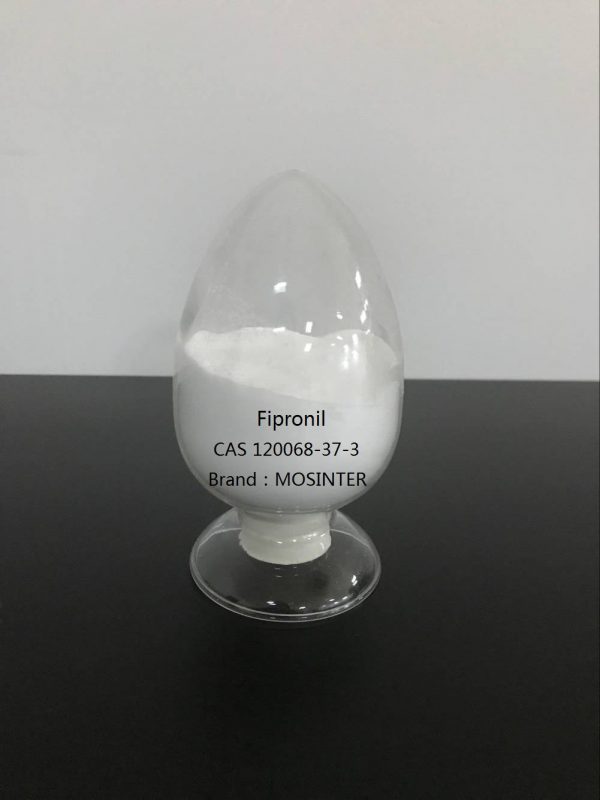
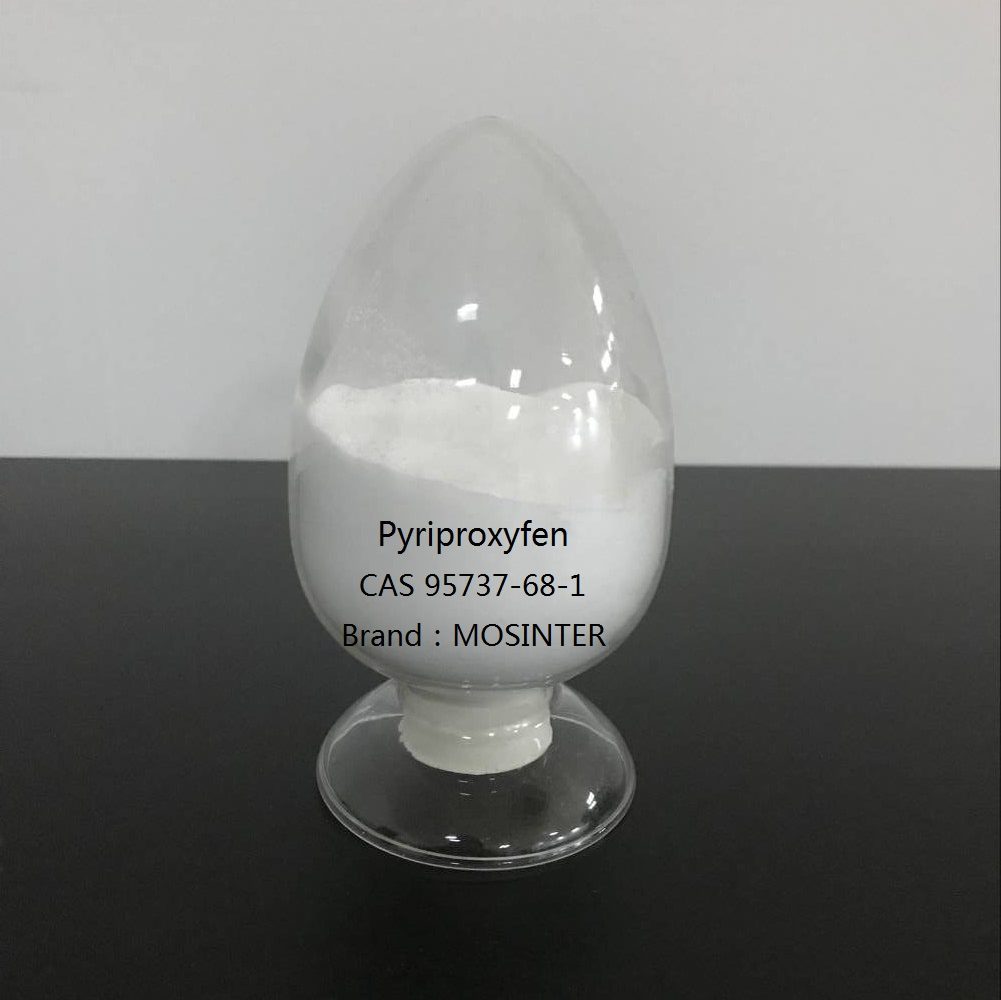
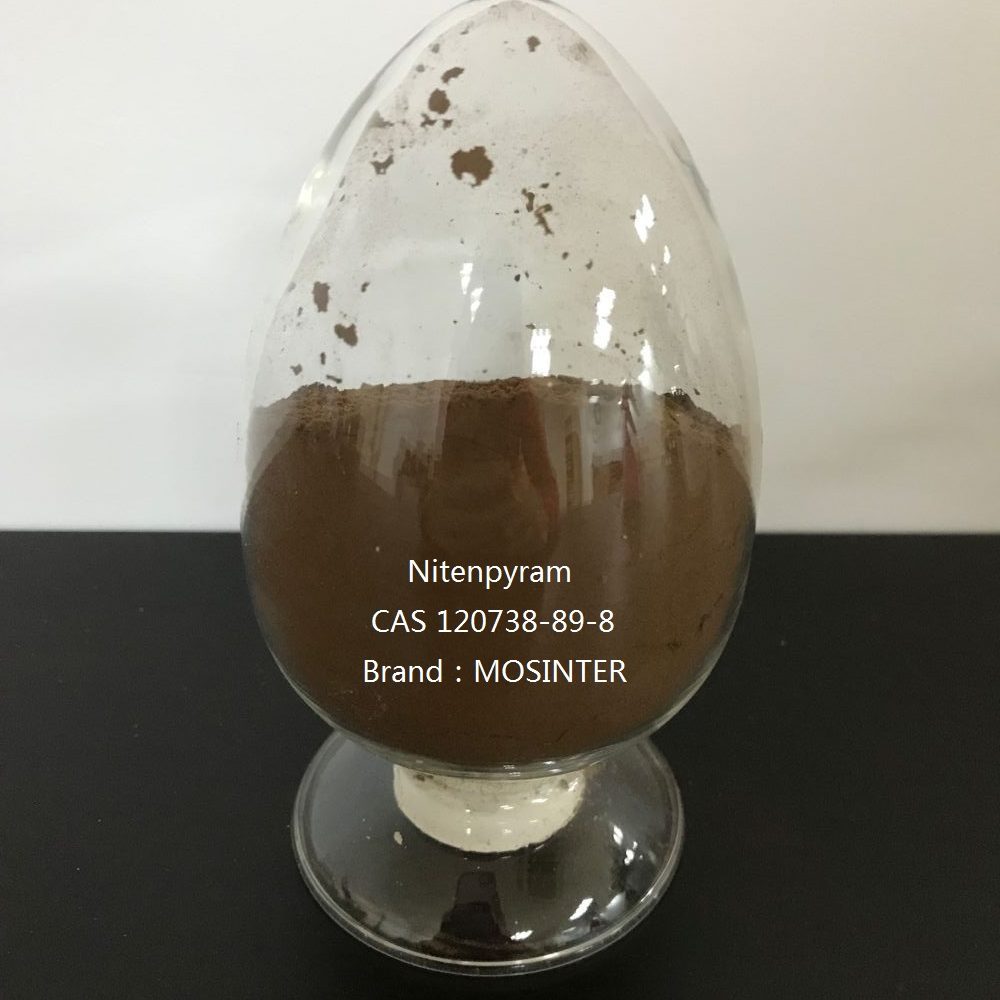
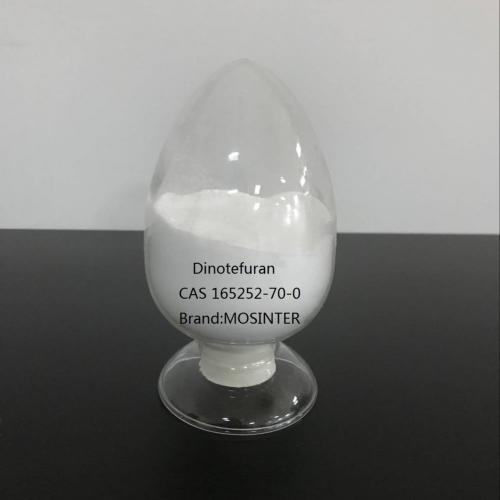
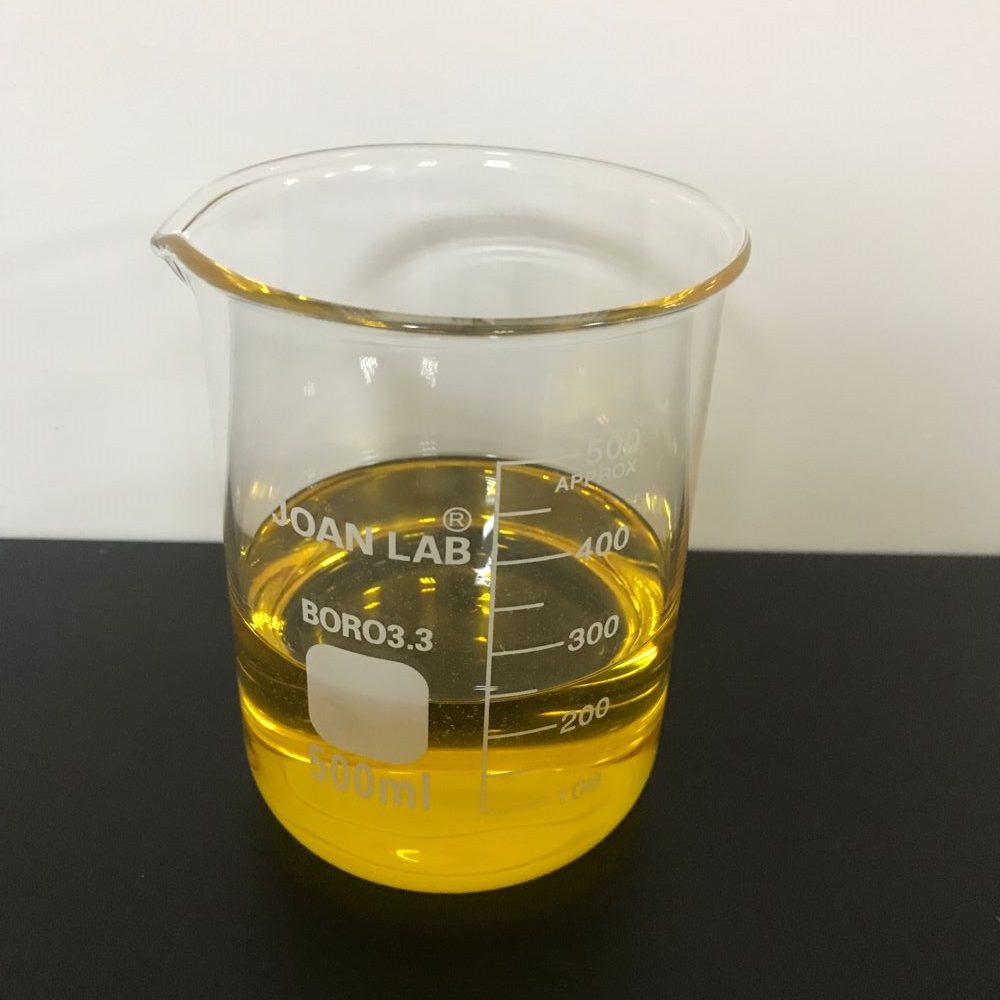
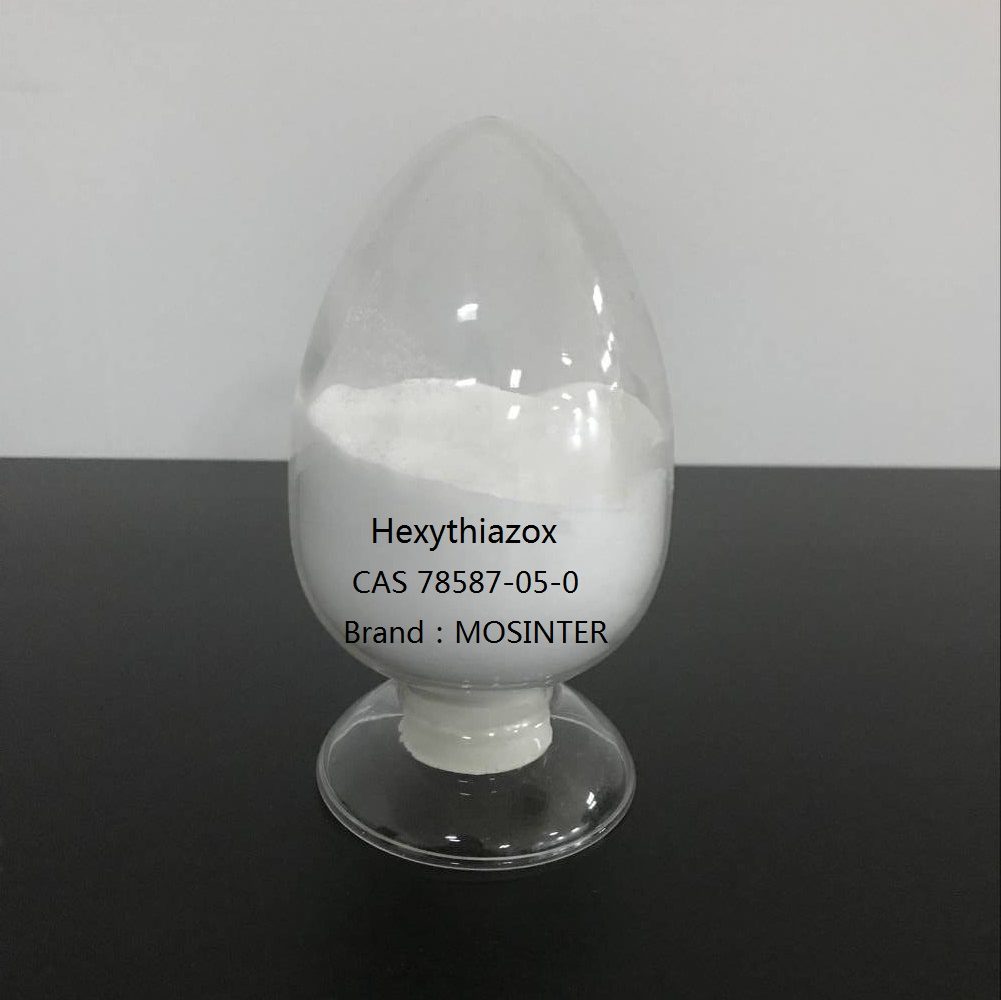
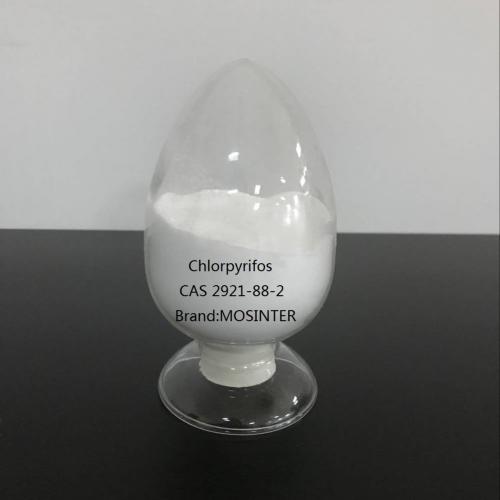
Reviews
There are no reviews yet.